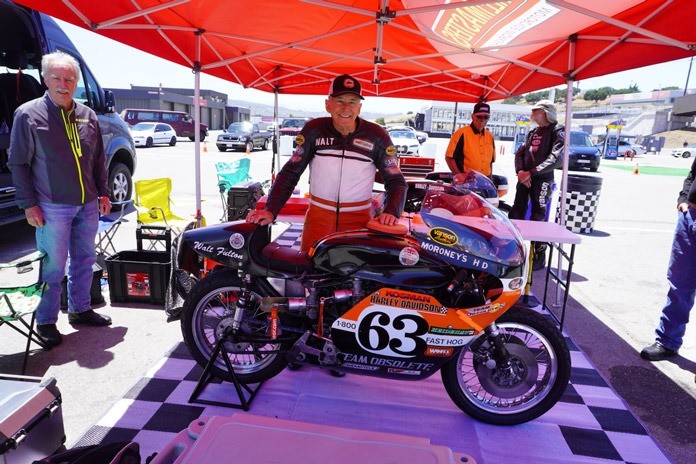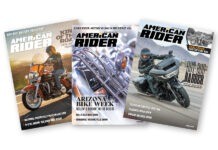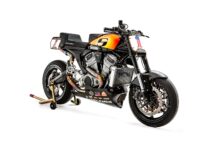At the recent American Historic Racing Motorcycles Association races at Laguna Seca, I caught up with Walt Fulton, who races a 1972 Harley-Davidson XR750TT and a 1968 H-D/Aermacchi 350. Walt’s a long-time friend and a storied motorcycle racer with an impressive history as a factory rider for Harley-Davidson, Kawasaki, and Suzuki. He’s also a three-time Daytona winner.
Walt, 76, has been racing the 350 (owned by Karl Engellenner) for several years, and in 2022, he began racing the XR750TT with sponsorship from Team Obsolete.
Most riders are familiar with the Harley XR750 dirt-track motorcycle, as it’s the most successful racebike in U.S. history, winning 28 of 37 Grand National Championships between 1972 and 2008. The list of riders winning on an XR750 reads like an AMA Hall of Fame roster: Scott Parker, Chris Carr, Jay Springsteen, Mert Lawwill, Mark Brelsford, and Cal Rayborn II.

Accurate build quantities for the XR750 are hard to come by. I have read and been told numbers that range between 200 and 500 units, and I tend to believe the lower numbers. Of this total, only a handful – maybe only a couple dozen – were the XR750TT roadracing model.
Aside from the fairing on the TT, the most obvious difference from the dirt-tracker is the front brake – they aren’t allowed on dirt-track racers. The TT was fitted with a Fontana four leading-shoe drum brake, but you’ll only see that brake on XRTTs in museums. As raced by Walt and others, the TTs use a period-correct disc brake. This means brakes available on any motorcycle produced in the same era can be used on the TT, and the discs from Honda 750s are a popular replacement for the Fontana units.
The first XR750s were produced in 1970, and they were powered by 900cc Sportster engines using a different bore/stroke combo that yielded 750cc, the displacement limit for its class. These Ironhead XRs pumped out about 73 hp but were prone to overheating – and losing.
They didn’t start to win significantly until the 1972 model, when aluminum cylinder heads replaced the iron heads. Not only did this eliminate the overheating problem, but it – and other motor changes – upped the output into the 80-hp range. Today, it’s not unusual to find racing XRTTs that crowd the 100-horse level. Top speed is about 145 mph.
“The XR750TT is a beast to ride,” Walt told me. “It’s heavy and requires tremendous upper-body strength to get turned. Shifting is difficult due to a cramped seating position and long travel in the shift lever. Selecting the correct gearing is always a compromise due to the 4-speed transmission. The saving grace is the huge amount of torque that kicks in at 4,000 rpm and continues up to redline at 8,000 rpm – rolling on the throttle delivers an awesome and unique sound from the two megaphones!”
Today’s roadracing motorcycles are magnificent machines. In the hands of professional riders, they seemingly defy the laws of physics with their speeds and cornering abilities. Historic motorcycles showcase a different experience.
While demonstrably slower (by about 30 seconds per lap at Laguna Seca vs. an AMA Superbike), they offer fans some great competitive racing. They also provide an up-close-and-personal experience with the motorcycles and the racers, as the paddock area is open throughout AHRMA events. Aside from the bikes and the riders, I also receive a jolt to my memory bank when the smell of castor bean oil wafts through. You gotta be old to appreciate that.
If you enjoy vintage motorcycles and racing wrapped in a low-key experience, try an AHRMA event. Odds are you’ll become a true fan. Learn more at the AHRMA website.
Find more Unrepentant Curmudgeon columns here


















